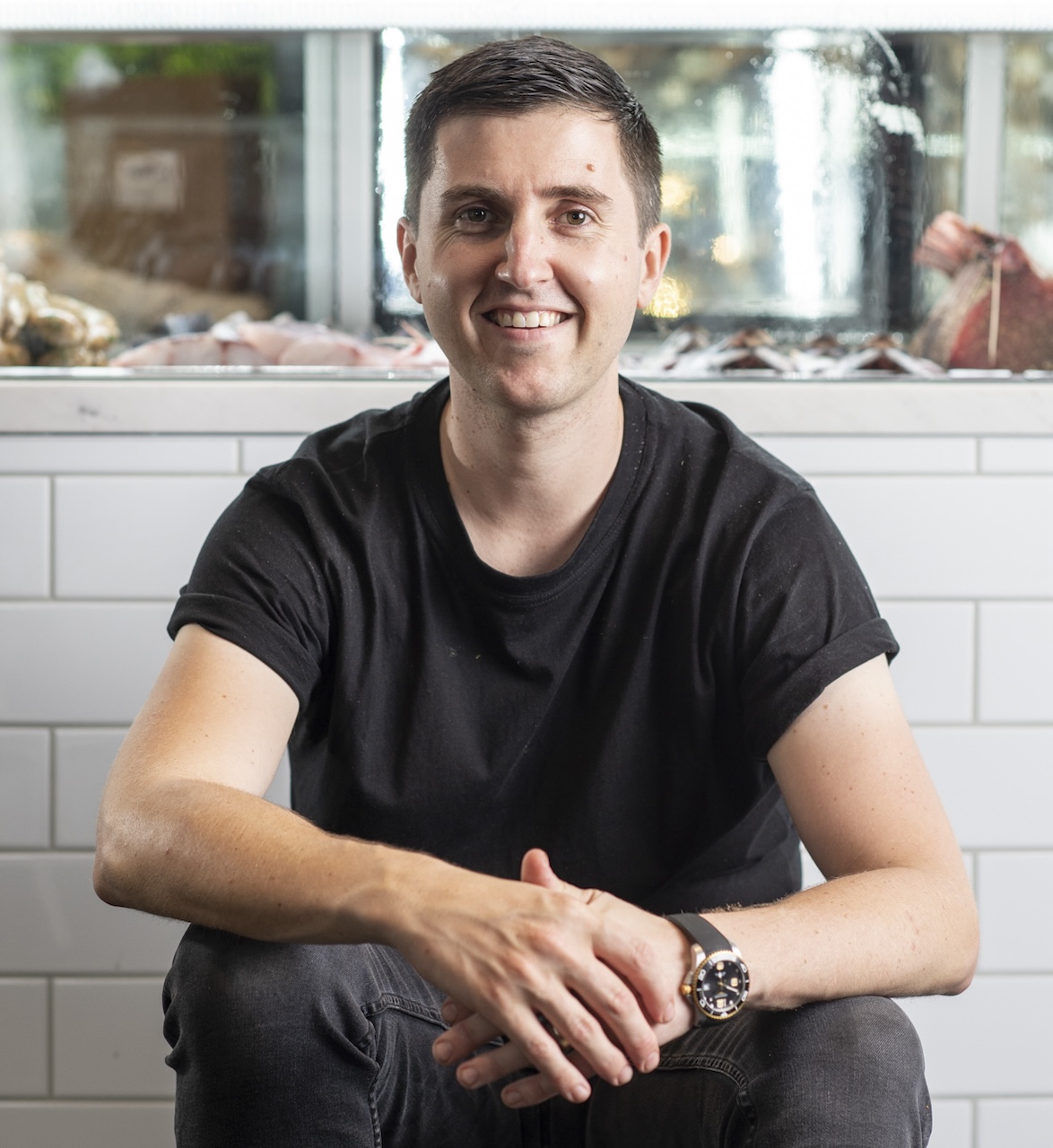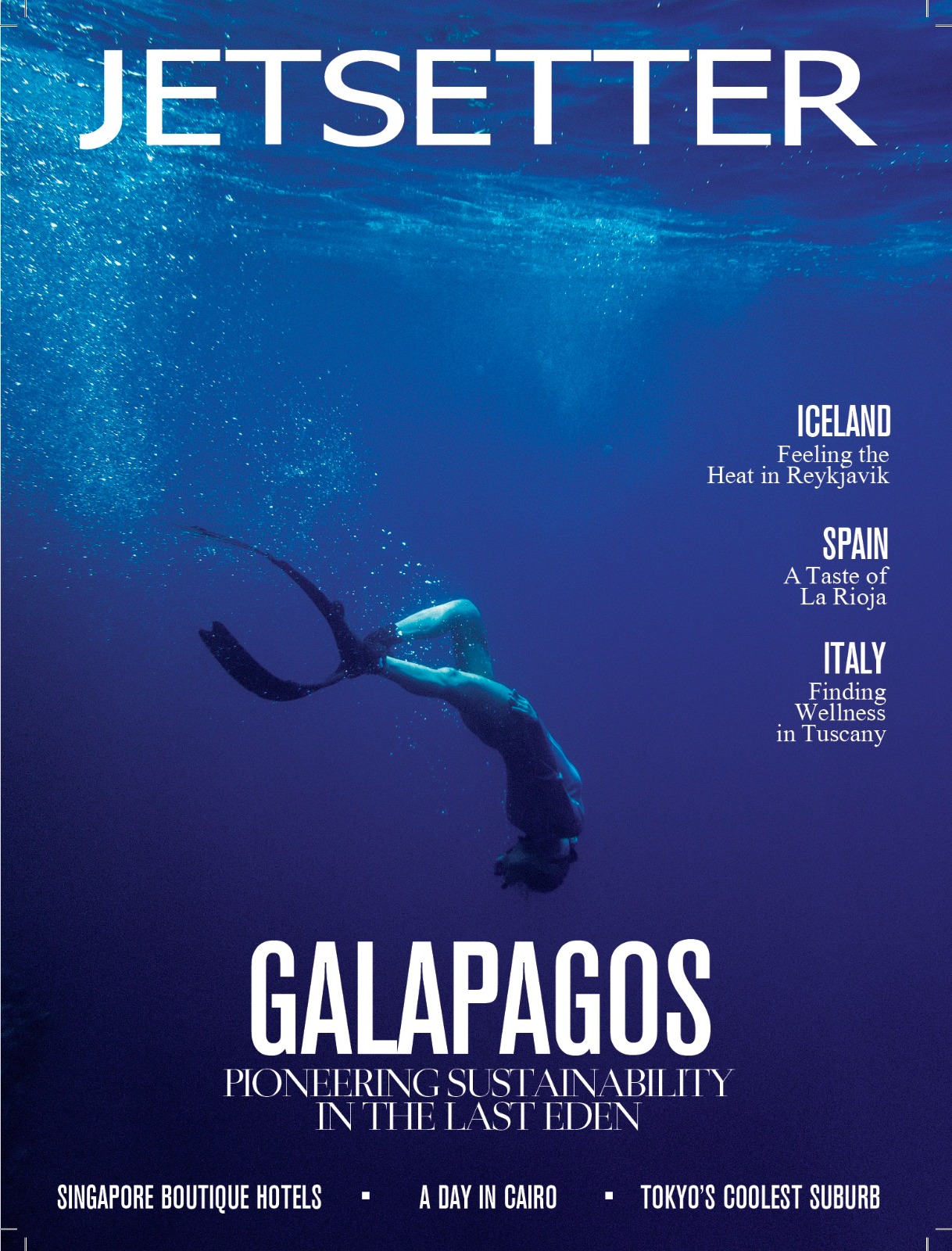

We talk with acclaimed gill-to-fin chef Josh Niland, who has opened his first restaurant outside of Australia with the arrival of FYSH at the Singapore EDITION.
Australian chef and restaurateur Josh Niland and his wife Julie, owners of Saint Peter restaurant and Fish Butchery in Paddington, Sydney, are changing the way we look at fish. A pioneer of whole fish cookery, and renowned for his nose-to-tail approach to seafood, his arrival in Asia, with FYSH at W Singapore – Sentosa Cove, marks a new chapter in our relationship with the sea.
READ: You’ll Love These Vancouver Boutique Hotels
What was your vision for FYSH at EDITION and what were the challenges you faced in pulling it together?
The vision was to create a fish-focused ‘steakhouse’ that purchases all of its fish in a whole form to realise a full spectrum of uses from one fish across a multitude of services both in the restaurant and the lobby bar. The challenges of doing something like this lie within recruitment, procurement and extensive training of a practice that is not familiar.

You’re renowned for your sustainable approach to seafood. Tell us about your suppliers at FYSH
It’s an ongoing process and more successful with vegetables and other ingredients. We’re currently sourcing our vegetables directly from farms in Malaysia via Lim Joo Huat, a distributor in Singapore. Regarding fish, however, the relationship with our suppliers is born from years of working together and honing the process from the catch, transportation, and processing to the plate. For that reason, we’re currently using the same suppliers as we do in Australia. We hope to expand that network with local fishers throughout Singapore and Malaysia, but it will take time.
READ: What Went Wrong on This Emirates Flight From Bali?
Some have said you are redefining the food industry with your ethical stance. Tell us about your approach
Our teams at Saint Peter, Fish Butchery, Charcoal Fish, Petermen and now FYSH at EDITION celebrate quality over quantity, craft over convenience and trying to find alignment between the ethics and economics of working with perishable products. Our collective ambition has always been to realise a greater yield from one single fish. By challenging preconceived ideas and poor handling practices around fish, it’s possible to achieve this.

You’re also called the king of gill-to-fin cooking. How do you feel about that term and do you hope to inspire more chefs to take your low-waste approach?
It’s been flattering and inspiring to see the work we do adopted by fellow cooks around the world. Of course, I’d love to see fish not getting washed and cooks and consumers using more than just the fillet. However, this will take many more years of conversation, education and confidence. It’s exciting to see the ripples of not just our work with fish but the broad work of extraordinary people in this profession making a huge difference, people in this profession, including Matt Orlando, Jo Barrett, Douglas McMaster, and many more around the globe, making a huge difference.
READ: You’ll Love This New-look Greek Hideaway
You make fish sausages and schnitzels and charcuterie, which utilise about 90 per cent of the fish. Tell us about that
The practice of interpreting fish as meat and the skill of fish butchery is something my team and I are incredibly proud of. It’s the fuel of our creativity and our approach to creating a sustainable business. It’s part of every dish we make, not just the more obvious charcuterie but also our desserts. On the menu at FYSH, for example, we have a Valrhona chocolate macaron with yellowfin tuna ice cream and an egg tart with fish roe.

You run your restaurants and fish butcheries with your wife, Julie. How does that partnership work?
Julie is the CEO of our operations, working closely with our managers and accounts team. Her work also extends into the design of our venues. My role within the team is very much operational, menu development, training and the day-to-day within all our venues. I’m very grateful every day that we can share our love of restaurants, food and hospitality together.
The Whole Fish Cookbook was published in 2019 and garnered global attention. How do you feel about it now and what are your favourite recipes there?
I love the cookbook because it collates the efforts and innovation of a special time in the trajectory of Saint Peter and Fish Butchery, and it was nice to see it celebrated by peers, cooks and consumers all over the world. Recipe-wise, I think the simplest within the book are my favourites, from the eye chip fish liver on toast to the first iteration of the yellowfin tuna cheeseburger.
READ: The Culinary Collaborator
What inspired you to become a chef and how are those early inspirations represented in your menus today?
My love of hospitality stemmed from my mum and dad taking incredibly good care of me when I was unwell as a child, and I felt the act of cooking someone a meal is one of the most wonderfully kind and generous things you can do for someone else. I think it’s not so much dishes that are derived from this inspiration but more of a sense of generosity and transparency that we apply to all our spaces.

How will the menu at FYSH at EDITION evolve?
It will happen organically with a desire to localise both the supply chain and some of the flavours we use. At its heart, though, it will be a fish steakhouse that celebrates simplicity, austerity and the whole fish.
What food trends are you anticipating for 2024?
While trends aligned with the overall design and aesthetic of food change more rapidly than ever before, it’s exciting to see young cooks and professionals seeking out a more singular focus. Whether it be to focus on one specific region of cuisine, only work with vegetables, or just make one specific dish.
































